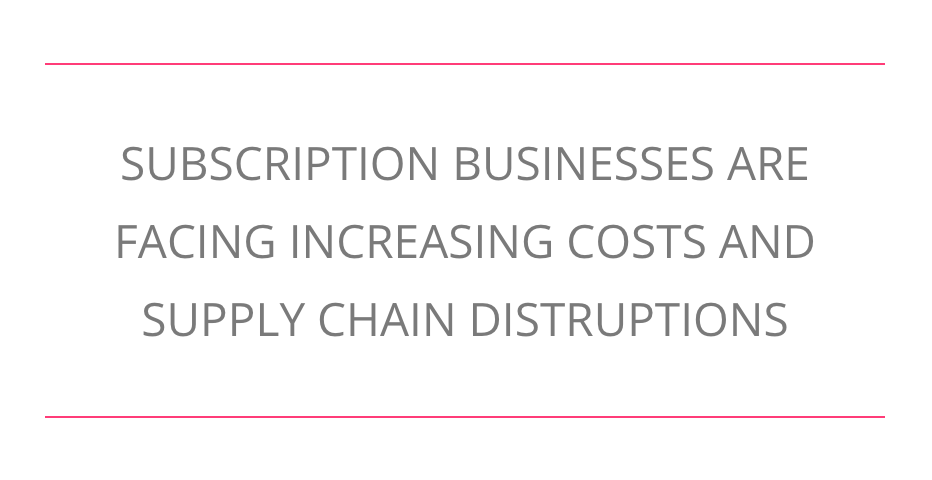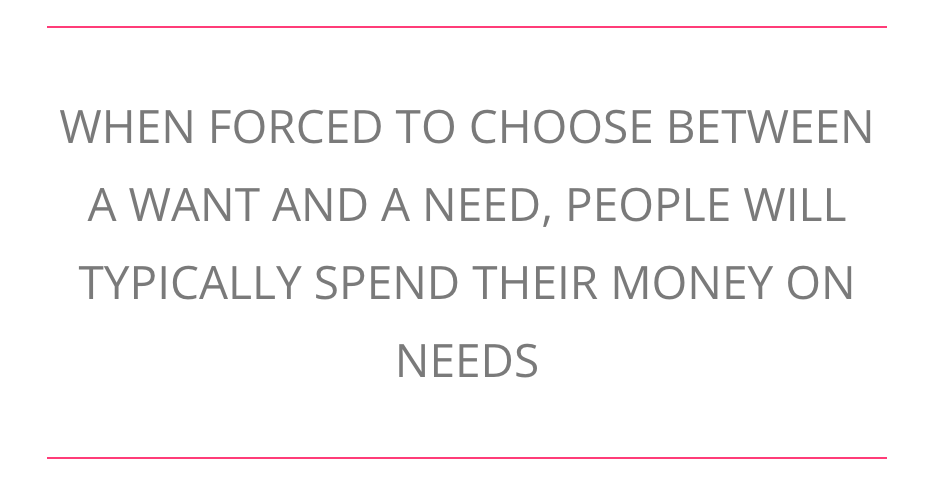Navigating the Complex Landscape of Inflation
Inflation is soaring at levels unseen since the 1980s. By March 2022, consumer prices had surged by 8.5%, up from 7.9% in February, continuing a five-month streak of inflation reaching new 40-year highs. This upward trend is expected to persist as escalating fuel and energy prices drive up the costs of raw materials and labor, further exacerbated by widespread supply chain disruptions. These rising costs inevitably trickle down to consumers, placing additional pressure on their budgets.
During the pandemic, subscription businesses experienced significant growth as consumers gravitated towards the convenience and predictability of recurring payments. However, the current inflationary environment poses both immediate and long-term challenges, making it crucial for subscription businesses to adapt by enhancing operational efficiencies and mitigating potential customer churn driven by rising costs.
The Business Challenge: Rising Costs and Supply Chain Disruptions
Subscription businesses, particularly those dealing with physical goods, are grappling with higher material costs and supply chain bottlenecks. These challenges not only complicate product sourcing but also inflate logistics and delivery expenses. Even subscription services that don’t involve physical products aren’t immune, as inflation drives up costs across the board.
In response, many businesses face the tough decision of whether to pass these costs on to consumers, potentially triggering increased customer churn. For instance, Netflix had raised its monthly subscription fees by 11%, and Peloton followed suit with a 13% hike. As inflationary pressures continue, more subscription services are likely to implement similar price adjustments, with uncertain impacts on customer retention.

The Consumer Challenge: Balancing Budgets Amid Rising Costs
Consumers, especially households, are being forced to make difficult decisions as their expenses for essentials like food and fuel skyrocket. With less disposable income available, many are reevaluating their non-essential spending, leading to increased subscription cancellations. Faced with choosing between needs and wants, consumers are naturally prioritizing essential goods and services, making it critical for subscription businesses to find new ways to retain their customer base.
The Impact on Subscription Businesses: Rising Churn and the Need for Proactive Retention
As voluntary churn rises, subscription companies must innovate to retain customers. The key lies in enhancing retention strategies, improving customer service, and ensuring customer satisfaction to weather the inflation storm.

Four Essential Strategies to Combat Inflation-Driven Customer Churn
- Revolutionize Customer Service - It’s time for subscription businesses to shift from a reactive, cost-focused approach to a proactive strategy centered on customer loyalty and retention. Engaging with customers to understand their needs and preferences can reveal opportunities to enhance the value of your offerings, fostering stronger, more loyal customer relationships. By anticipating and addressing potential concerns before they become issues, businesses can build a more resilient customer base.

- Deliver Unexpected Value and Delight - In an inflationary environment, it’s crucial to demonstrate value, particularly to customers who are most at risk of churn. Offering surprise upgrades or exclusive perks can create positive experiences that customers remember. For example, Peloton, despite raising prices, rewarded its most engaged members—those who completed an 18,000-minute annual activity challenge in 2021—with free merchandise. By recognizing and rewarding loyalty, businesses can strengthen their relationship with their most valuable customers, who are often also their most vocal advocates.

- Offer Flexible Pricing Options - In times of financial strain, flexibility can make all the difference. Offering tiered service levels allows customers to downgrade rather than cancel their subscriptions, preserving the relationship while accommodating their budget constraints. For example, subscription box services could introduce an option for bi-monthly deliveries instead of monthly, allowing customers to maintain their subscription at a lower cost. While this may seem counterintuitive to growth, retaining a customer, even at a reduced spend, is more profitable in the long run than acquiring a new one, especially given the high cost of customer acquisition.

- Mitigate Involuntary Churn with Advanced Payment Solutions - As inflation puts pressure on household finances, the risk of failed payments—and the resulting involuntary churn—increases. Our team’s research shows that up to 48% of subscription churn is due to failed payments. Unrecovered failed payments not only end customer relationships prematurely but also create negative experiences when recovery efforts are made visible to the customer. Implementing an AI-powered solution can recover failed payments without the customer ever being aware of the issue, thereby preserving the relationship and reducing churn.
Conclusion: Turning Inflation into an Opportunity
As inflation forces consumers to reassess their spending, subscription businesses must see this as an opportunity to refine their offerings and invest in technology that reduces churn, particularly from failed payments. By implementing proactive retention strategies and enhancing customer engagement, businesses can not only weather the inflation storm but also emerge stronger, with a more loyal customer base and improved financial health.
Is your business experiencing failed recurring payments? Contact us today to explore solutions that will recover up to 80% of your failed recurring payments, increasing your cash flow and profitability.

